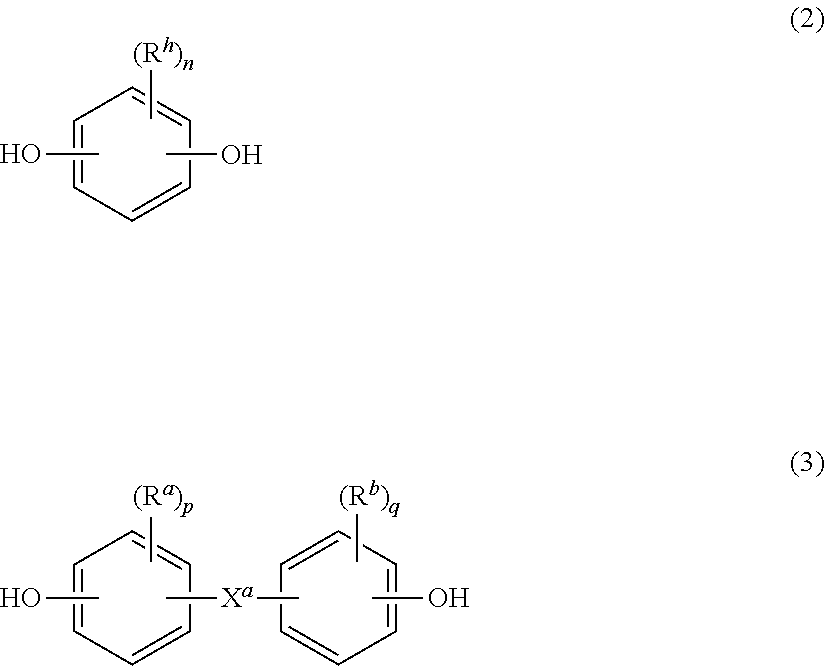Method and apparatus for producing high purity phosgene
a phosgene and high purity technology, applied in the preparation of carboxylic acid halides, lighting and heating apparatus, carboxylic compound preparation, etc., can solve the problems of high carbon tetrachloride levels, difficult purification of phosgene to remove carbon tetrachloride, and catalyst depletion
- Summary
- Abstract
- Description
- Claims
- Application Information
AI Technical Summary
Benefits of technology
Problems solved by technology
Method used
Image
Examples
embodiment 1
[0050] A method of producing phosgene in a tube reactor, the method comprising: introducing a feed comprising carbon monoxide and chlorine to a tube of the reactor, the tube having a particulate catalyst disposed therein, wherein a thermally conductive material separate from the tube contacts at least a portion of the particulate catalyst; to produce a product composition comprising phosgene, and carbon tetrachloride in an amount of 0 to 10 ppm by volume based on the volume of the phosgene.
embodiment 2
[0051] The method of Embodiment 1, wherein the thermally conductive material provides a thermally conductive path between the particulate catalyst and the tube.
[0052]Embodiment 3: The method of any of Embodiments 1-2, wherein the thermally conductive material comprises a coating disposed on at least a portion of an exterior surface of the particulate catalyst, or a portion of an exterior surface of an agglomerate of the particulate catalyst, or both.
embodiment 3
[0053]Embodiment 4: The method of Embodiment 3, wherein the coating has a coating thickness of 0.001 to 1 micrometer.
[0054]Embodiment 5: The method of any of Embodiments 3-4, wherein the coating is deposited by chemical vapor deposition, thermal spraying, dip coating, or powder coating.
[0055]Embodiment 6: The method of any of Embodiments 1-5, wherein the thermally conductive particulate material comprises a thermally conductive, 3-dimensional mesh.
PUM
 Login to View More
Login to View More Abstract
Description
Claims
Application Information
 Login to View More
Login to View More - R&D
- Intellectual Property
- Life Sciences
- Materials
- Tech Scout
- Unparalleled Data Quality
- Higher Quality Content
- 60% Fewer Hallucinations
Browse by: Latest US Patents, China's latest patents, Technical Efficacy Thesaurus, Application Domain, Technology Topic, Popular Technical Reports.
© 2025 PatSnap. All rights reserved.Legal|Privacy policy|Modern Slavery Act Transparency Statement|Sitemap|About US| Contact US: help@patsnap.com


